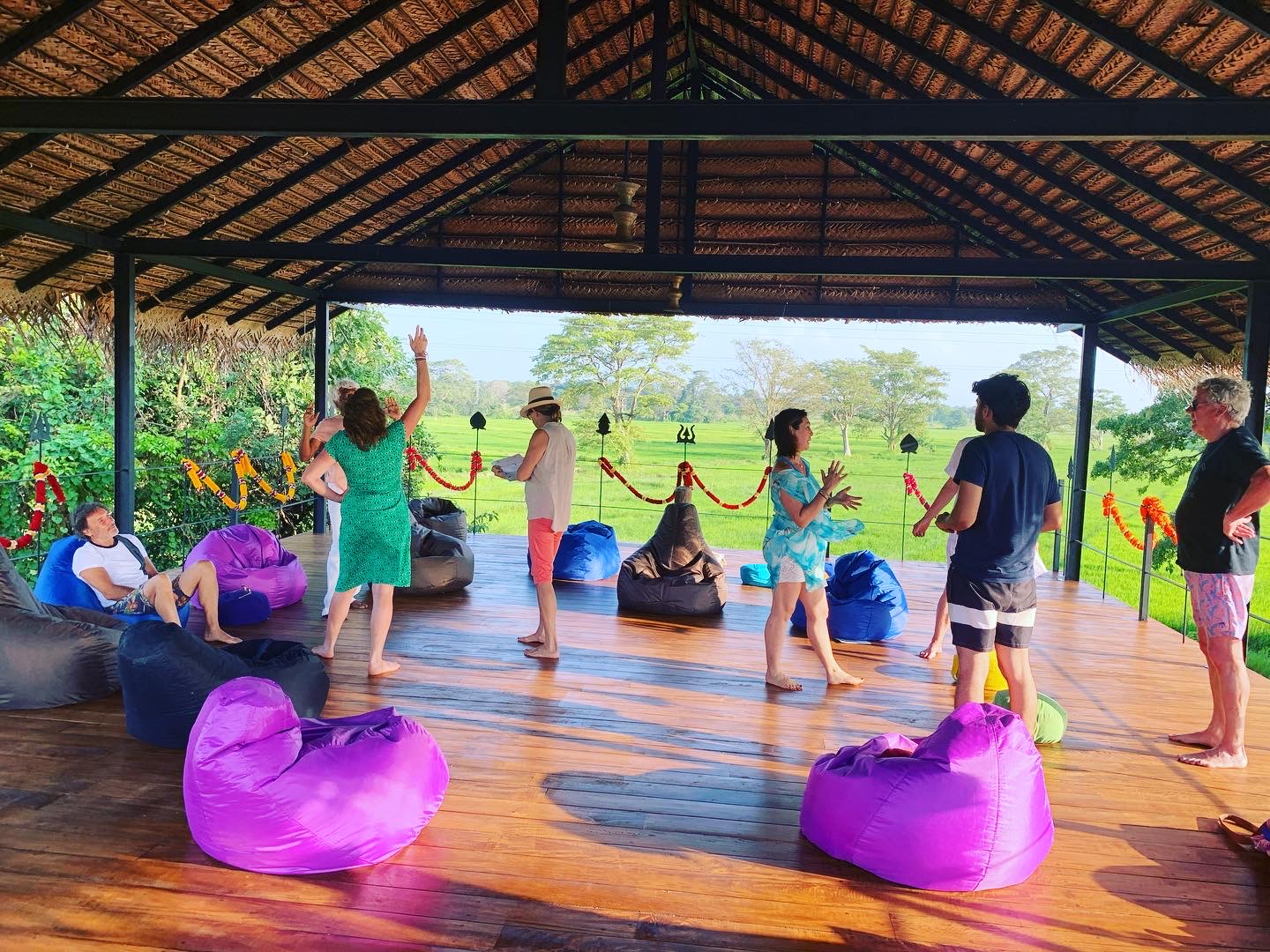
by | | Satir Growth Model
We have begun a series of online systemic enrichment workshops, which were powerful for participants and issue holders. Here is to find out more about the systemic work ==> Click Here For more information and to register for future trainings ==> CLICK...

by | | ENRICHing Workshops, Stance-Dance, Stasis Kinesis, The Satir Model in Coaching, Virginia Satir
It was our honour to share the work of Virginia Satir on the beautiful island of Sri Lanka with the Dutches of Rutland, local community and participants of the Lylis Retreat from around the world. We did the stances work and the communication toolbox.

by | | ENRICHing Workshops, Stasis Kinesis, The Satir Model in Coaching, Virginia Satir
Last weekend our institute together with Enrich Global hosted a retreat with a group of CEOs, entrepreneurs and influencers teaching the principles of Virginia Satir systemic coaching model. It was a powerful and emotional journey for us all. Our hearts are full of...

by | | ENRICHing Workshops, The Satir Model in Coaching, Virginia Satir
This summer the Institute of Virginia Satir together with psychologist Darya Haitoglou conducted systemic workshop using a method of ‘structure-only’ without sharing personal content information of clients in front of the group. It was warmly received and...

by | | ENRICHing Workshops, Stance-Dance, Stasis Kinesis, The Satir Model in Coaching, Virginia Satir
We have finished a 6-day process of systemic enrichment in beautiful Santorini, Greece where an incredible group of people from 16 countries went on a journey of self-discovery and healing.








